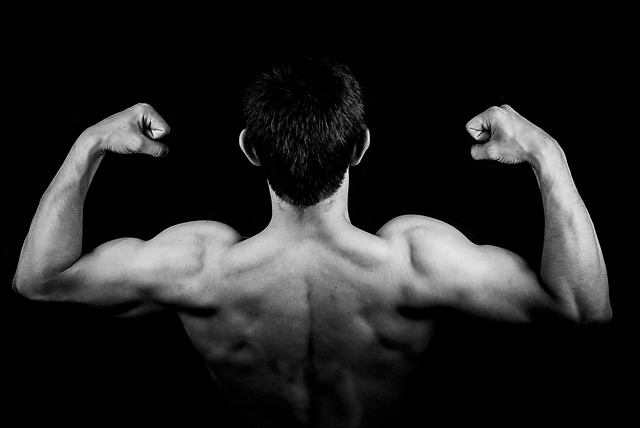
A gym pump, also known as a muscle pump, is the temporary swelling and engorgement of muscles during and after exercise. It occurs due to increased blood flow, which delivers oxygen and nutrients to the working muscles and removes waste products like lactic acid. The pump effect can make your muscles look bigger, fuller, and more vascular, and give you a sense of satisfaction and accomplishment. However, the question remains, how long does a gym pump last?
The duration of a gym pump depends on several factors, including your fitness level, training intensity, hydration status, nutrition, genetics, and recovery capacity. In general, a muscle pump can last from a few minutes to several hours, depending on the type and duration of exercise, as well as the individual response.
Pump Duration Depending On The Type of Exercise
For instance, if you perform high-repetition, low-intensity exercises like bicep curls, tricep extensions, or lateral raises, you may experience a pump that lasts for 10-30 minutes after the workout. These exercises rely mainly on the anaerobic glycolysis system, which generates energy without oxygen but produces lactic acid as a byproduct. Lactic acid accumulates in the muscle tissue and triggers the release of vasodilators, which widen the blood vessels and increase blood flow. This, in turn, causes the muscles to swell and harden, creating the pump effect.
On the other hand, if you do heavy weightlifting or compound exercises like squats, deadlifts, or bench press, you may get a pump that lasts for 1-2 hours after the workout. These exercises require more muscle fibers to contract, which increases the demand for oxygen and ATP (adenosine triphosphate), the primary energy source for muscle contractions. The body responds by increasing the blood flow and activating the mitochondria, the cellular organelles responsible for aerobic metabolism. This leads to a more sustained and pronounced pump, as well as a higher calorie burn and muscle damage.
However, if you overtrain or neglect proper recovery, the pump effect may subside faster and lead to muscle fatigue, soreness, and injury. When you exercise, you create micro-tears in the muscle fibers, which need to be repaired and strengthened during rest and sleep. If you don’t provide enough rest, nutrition, and hydration, the muscles may not recover fully, and the pump effect may become less pronounced or disappear altogether.
Moreover, if you have a low body fat percentage, you may have less visible muscle pump due to less subcutaneous fat and water retention. Similarly, if you have a genetic predisposition for a certain muscle shape or size, you may experience a different pump pattern than others.
In conclusion, the duration of a gym pump varies depending on multiple factors, including exercise type, intensity, duration, recovery, hydration, nutrition, genetics, and body composition. A pump can last from a few minutes to several hours, depending on the individual response and the quality of the workout and recovery. However, the pump effect should not be the sole goal of your training, as it is a temporary and cosmetic phenomenon that does not necessarily reflect your true strength, power, or fitness level. Focus on progressive overload, proper form, and adequate recovery to build muscle mass, strength, and endurance, and enjoy the pump as a side effect.